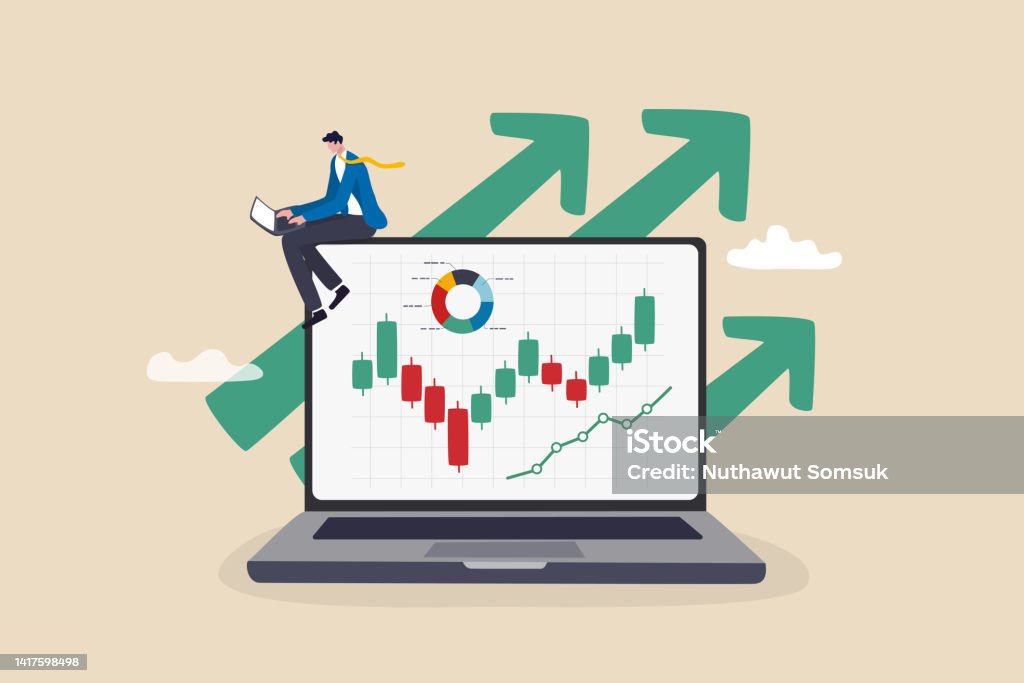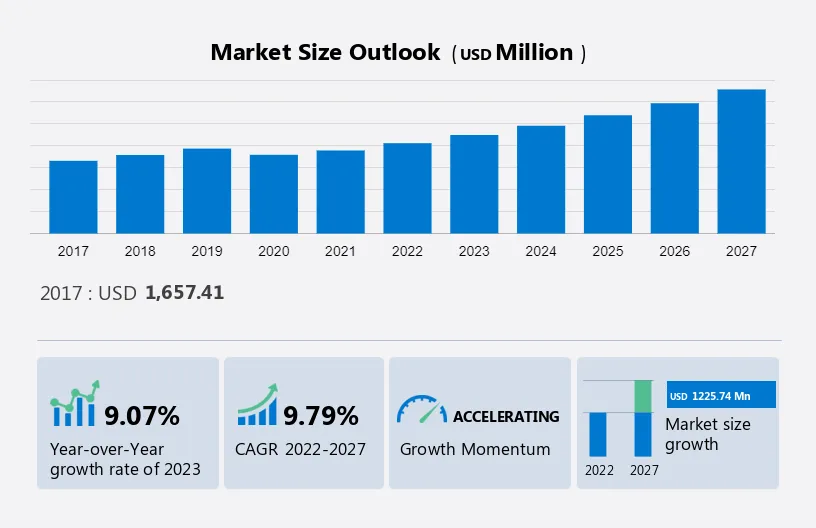The World of Currency Trading

Currency trading, also known as forex trading or foreign exchange trading, is the act of buying and selling different currencies with the aim of making a profit. It’s a global market that operates 24 hours a day, five days a week, and is one of the largest financial markets in the world. Here, we’ll delve into the fundamentals of currency trading.
How Currency Trading Works
In currency trading, traders engage in pairs, where one currency is exchanged for another. These pairs are quoted in terms of one currency’s value against the other. For example, the EUR/USD pair represents the euro’s value concerning the U.S. dollar. Traders speculate on whether the value of one currency will rise or fall compared to the other.
Market Participants
Several entities participate in the forex market:
- Retail Traders: Individuals or small investors who engage in currency trading through online platforms.
- Banks and Financial Institutions: They facilitate currency transactions, both for themselves and their clients.
- Corporations: Companies involved in international trade use the forex market to hedge against currency risks.
- Central Banks: These institutions intervene in the market to stabilize their country’s currency or implement monetary policies.
- Hedge Funds and Speculators: These participants aim to profit from currency price movements.
Factors Influencing Currency Prices
Currency values are affected by various factors, including:
- Economic Indicators: Data such as GDP growth, employment rates, and inflation can impact a country’s currency strength.
- Interest Rates: Higher interest rates often attract foreign capital, increasing demand for the currency.
- Political Stability: Political events and stability in a country can influence currency prices.
- Market Sentiment: Traders’ perceptions and sentiment play a significant role in currency price movements.
Trading Strategies
Traders use a variety of strategies to navigate the forex market:
- Day Trading: Traders open and close positions within the same trading day, aiming to profit from short-term price movements.
- Swing Trading: This strategy involves holding positions for several days or weeks to capture intermediate price swings.
- Scalping: Scalpers make rapid, small trades to capture tiny price movements throughout the day.
- Position Trading: Traders hold positions for an extended period, often based on long-term trends and fundamentals.
Risk Management
Currency trading can be highly volatile and carries risks. Effective risk management is crucial to protect your capital. This includes setting stop-loss orders, diversifying your trades, and only trading with money you can afford to lose.
Currency Pairs
Currency trading involves the exchange of one currency for another, which is represented as a pair. There are three primary categories of currency pairs:
- Major Pairs: These pairs involve the most traded currencies globally, such as EUR/USD, GBP/USD, and USD/JPY. They typically have higher liquidity and narrower spreads.
- Minor Pairs: These pairs don’t include the US dollar but involve other major currencies, like EUR/GBP or AUD/JPY. They have lower liquidity and may have wider spreads.
- Exotic Pairs: Exotic pairs consist of one major currency and one from a smaller or emerging market, such as USD/TRY (US dollar/Turkish lira) or EUR/THB (Euro/Thai Baht). They tend to have lower liquidity and higher spreads.
Trading Platforms
To engage in currency trading, traders use online trading platforms provided by brokers. These platforms offer various tools and features, including real-time charts, technical analysis indicators, and order execution. Choosing a reputable and user-friendly trading platform is crucial for a smooth trading experience.
Fundamental and Technical Analysis
Traders use both fundamental and technical analysis to make informed trading decisions:
- Fundamental Analysis: This involves examining economic, political, and social factors that can influence currency prices. Traders may analyze economic indicators, central bank policies, and geopolitical events to determine their trades.
- Technical Analysis: Technical analysis relies on historical price charts and patterns to predict future price movements. It involves studying charts, trendlines, and various technical indicators to identify potential entry and exit points.
Leverage
Leverage is a double-edged sword in currency trading. It allows traders to control a more substantial position with a smaller amount of capital. While it can magnify profits, it also increases the potential for significant losses. Traders should use leverage cautiously and be aware of the risks involved.
Regulation and Safety
Choosing a regulated and reputable forex broker is essential for the safety of your investments. Regulatory bodies, such as the Commodity Futures Trading Commission (CFTC) in the United States, ensure that brokers adhere to strict standards and protect traders from fraud.
Continuous Learning
The world of currency trading is ever-evolving. Successful traders continually educate themselves, stay updated on market news, and adapt to changing market conditions. Joining online forums, attending webinars, and reading forex-related books are excellent ways to enhance your knowledge and skills.
Advanced Trading Techniques
Seasoned currency traders often employ advanced techniques to enhance their strategies:
- Hedging: Traders use hedging to protect their open positions from adverse price movements. It involves opening a second position that’s opposite to the initial trade. While it mitigates risk, it can also limit potential profits.
- Algorithmic Trading: Some traders use computer programs or algorithms to execute trades automatically based on predefined criteria. These algorithms can analyze vast amounts of data in real-time and make split-second trading decisions.
- Sentiment Analysis: Traders consider market sentiment, which can be bullish (positive) or bearish (negative). Sentiment analysis involves tracking market news, social media chatter, and other factors to gauge the overall market mood.
Economic Calendars
Economic calendars are essential tools for currency traders. They provide schedules of economic events, announcements, and data releases that can impact currency prices. Traders use these calendars to plan their trading strategies around significant events like interest rate decisions, employment reports, and inflation data.
Risk-On and Risk-Off Sentiment
Traders often categorize market sentiment as “risk-on” or “risk-off.” Risk-on sentiment implies an appetite for riskier assets like equities and high-yielding currencies, while risk-off sentiment leads to a preference for safe-haven assets like the US dollar, Japanese yen, or gold. Understanding these sentiments can help traders adapt to market dynamics.
Pip and Lot Sizes
In forex trading, price movements are measured in pips (percentage in point). A pip is the smallest price change that a given exchange rate can make based on market convention. Lot sizes represent the volume of a trade, with standard lots typically involving 100,000 units of the base currency. Understanding pip values and lot sizes is vital for calculating risk and profit potential.
Managing Emotions
Emotional control is a significant challenge in currency trading. The fear of loss and the desire for quick profits can lead to impulsive decisions. Seasoned traders work on managing emotions and adhering to their trading plans, which are critical for long-term success.
Keeping a Trading Journal
Maintaining a trading journal is a common practice among experienced traders. It helps to track trading performance, analyze past trades, and learn from both successes and mistakes. A trading journal can provide valuable insights into a trader’s strengths and weaknesses.
Conclusion
Currency trading is a multifaceted endeavor that offers both opportunities and risks. While it’s accessible to traders of all levels, success requires dedication, education, and a well-defined strategy. Advanced techniques, risk management, and emotional discipline are crucial for those aiming to thrive in the currency markets.
As you venture further into the world of currency trading, remember that ongoing learning and adaptability are key. The forex market is dynamic and ever-changing, and staying informed and continually improving your skills is essential for long-term success.






